|
In the past, I have mentioned a gap between when I first wore Birkenstocks and when I rekindled my love with these great shoes. A friend of mine asked, “Gina Mama, why did you stop wearing Birkenstocks?” Good question. I got my first pair of Birkenstocks in the early 90s and those shoes lasted me a decade. One day they were beyond repair. It was so hard for me to part with those Birks, that I asked my mom to properly dispose of them. It was my way of repressing the grief that I felt for losing my favorite pair of shoes. If the internet had been as prevalent in 2000, as it is in 2016, a simple Google search would have shown me that my shoes were fully repairable. 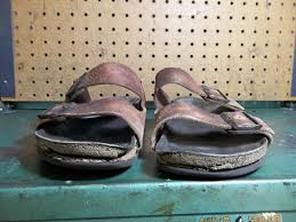 Thrashed Birks after years of use Thrashed Birks after years of use After I said good-bye to my beloved Arizona’s, I did not replace them. Why? I’m not quite sure. I think there were many reasons contributing to this 15 year Birkenstock-less gap in my life. For starters, my boyfriend at the time considered Birkenstocks a man repeller. He suggested that I opt for a more feminine shoe. I liked this guy a lot and he influenced my style choices at the time. I was in my early 20s and, even though I was a feminist at heart, I was still young and impressionable. Another reason that I may not have bought a replacement pair of Birkenstocks was because of financial constraints. When my original Birks fell apart, I was working part-time and a graduate student. Birkenstocks are an investment piece to one’s wardrobe. At the time, I had to opt for a less expensive pair of sandals. Moreover, in the early 2000s, I was about to enter the working world. I felt obligated to dress a certain way to fit into a business environment. Wearing Birkenstocks did not seem like a wise choice. Back then, Birkenstock did not have fancy uppers. These days, Birkenstocks are much less granola looking. They make shoes with shiny and glittery uppers. One can easily dress up or dress down the shoes for work or for play. The shoes I wore for work usually had a heel. Thankfully, I was never the type of girl to wear shoes with ultra high, super thin heels. The heels of my shoes tended to be chunky. Chunky heels provide better foot support compared to thin heels. I realize now that even though wider heels are less problematic on one’s feet, they can still cause foot discomfort and other ailments. These issues compound over time. One typically does not notice them until the damage has already been done. Thus, I spent most of my 20s in heeled shoes and it was not until I approached mid 30’s that I started having issues with foot discomfort. I can only imagine how much worse my feet and back issues would have been if I had I worn high, thin heels. One of the primary reasons that I stopped wearing heeled shoes is because of what I have learned about chronic conditions at work. I work in the health care field. Years ago, I had a 90 year old patient with rheumatoid arthritis in her hands and feet. In addition to the arthritis, she had bunions on each foot from wearing narrow, high heeled shoes most of her life. I met with her one day after she had fallen in her home. She wished that she would had worn more supportive shoes when she was younger. She explained that ill fitting shoes caused her to have abnormal feet. This lead her to have an unsteady gait in old age and, hence, made her a fall risk. The aforementioned interaction has stuck with me for 15 years. Soon after my conversation with this patient, I stopped wearing heeled shoes. I transitioned into my Dansko years. I wore Dansko shoes from my mid 20s to early 30s. Compared to my previous work shoes, Danskos provided me with a wide width shoe and offered me arch support. After several years of wearing Danskos, I started noticing problems. I was slipping and often twisting my ankle while wearing Dansko clogs. I also began having excruciating pain on the balls of my feet. That’s when the arthritis in my big toes emerged. The pain in my toes worsened when I became pregnant and started carrying extra baby weight. No longer would I wear a shoe that was not slip resistant. One of my co-workers sprained her ankle while wearing Danskos. I was not going to chance a sprained ankle while carrying a child. Keens were my shoe of choice for the next few years. I gave up style, in lieu of comfort. After having kids, I no longer cared what people thought about my style. The only thing I cared about was getting enough sleep to make it through my work day. 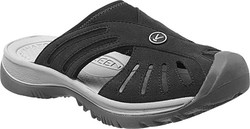 Example of a slip-on Keen Example of a slip-on Keen Keens were practical and comfortable, yet in no way were they “cute” or “stylish”. I remember ordering a pair of slip-on Keens when I was too pregnant to bend over and buckle/tie a shoe. I was very nauseous the day I purchased those Keens. I remained nauseous the duration of my pregnancy while I wore those slip-on shoes. One day after giving birth, I pulled those Keens out of the closet and I was hit with a wave of nausea. I now associated Keens with nausea. It was time to find a new brand that made me not want to puke. I wanted a cute, supportive shoe that was not going to create a fall risk. I tried a number of different styles of shoes before one day coming across a Zappos ad for Birkenstocks. I saw the ad and felt warm fuzzies inside. The sight of Birkenstocks brought back great memories of my youth. I clicked the link. In 2015, Birkenstocks re-entered my life. The Birkenstocks immediately provided arch support and metatarsal support that my feet desired. I no longer needed to continue my search for the perfect shoe, I had re-discovered it. Birkenstocks came back into my life like an old friend. We were happy to see each other and started our reunion right where we left off. Birkenstock now offers so many varieties of uppers that I felt stylish and feminine again. I did not feel this way while wearing Keens. More importantly, I was not at risk for twisting an ankle, like when I wore Danskos. Also, my feet were no longer being destroyed in narrow, heeled dress shoes. Birkenstocks allowed my feet to rest in their natural position. Critics argue that Birkenstocks make one’s foot “splay” because the footbed is wide. Per the Meriam Webster dictionary, to splay is “to cause to spread outward”. What parts of the body splay and grow abnormally when confined? None. When your foot is removed from a shoe from which it has to conform, your foot will be free to move toward its normal form. People who wear non-binding footwear do not grow sasquatch feet, they grow normal feet. Incorporating Birkenstocks back into my life has made my feet feel normal again. No longer am I attempting to conform my foot into shoes that do not fit. With Birkenstocks, my feet are placed into shoes that feel as if they were custom made for me. When I wear my Birks, I feel like I am walking on supportive clouds. My feet are happy, therefore I am happy. I have found a balance between what feels good and what looks good.
Birkenstocks allow the muscles in my feet and tendons to stretch correctly. I no longer have discomfort in my feet and back. I am counting on my feet to hold me upright as I age gracefully. I plan to thrive well into old age alongside my boyfriend from 2000. That guy who disliked Birkenstocks so much is my husband. His view on Birkenstocks has changed over the years. (He now even owns a couple pairs -- thanks to me). These days, my husband encourages me to wear shoes that work best for my needs. Too bad it took me 15 years to realize that my feet needed the support offered by Birkenstock shoes. I feel like I lost a decade and a half of having truly comfy shoes. The good news is that Birkenstocks are now back in my life and my feet are happy. Happy feet = Happy Gina Mama. NOTE: Want to learn more about Gina Mama? I recommend you read her Frequently Asked Questions blog. Click here for that blog. |
Gina MamaBirkenstock blogger Blog List
All
Archives
July 2024
|

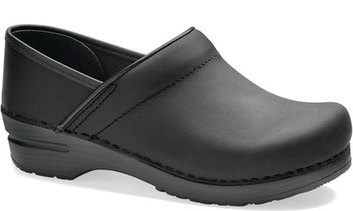
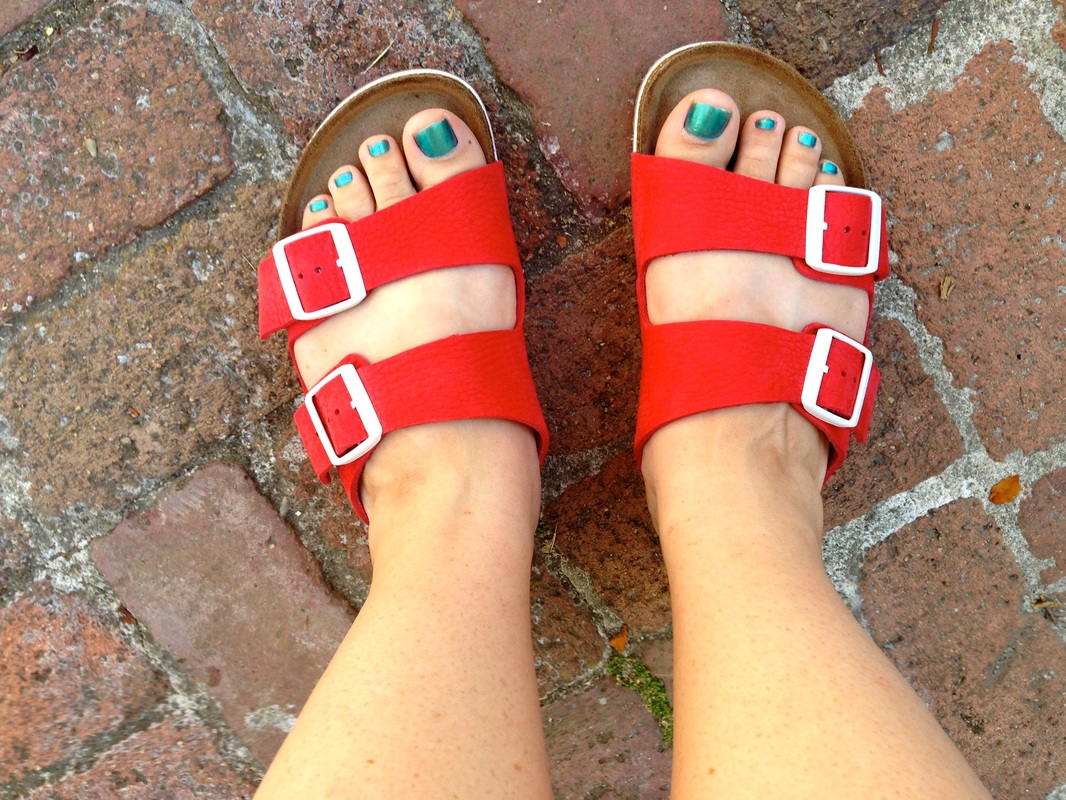
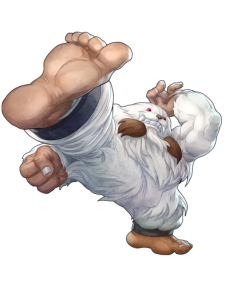
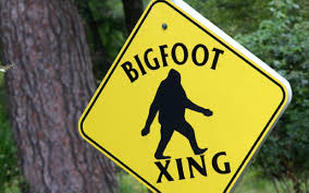
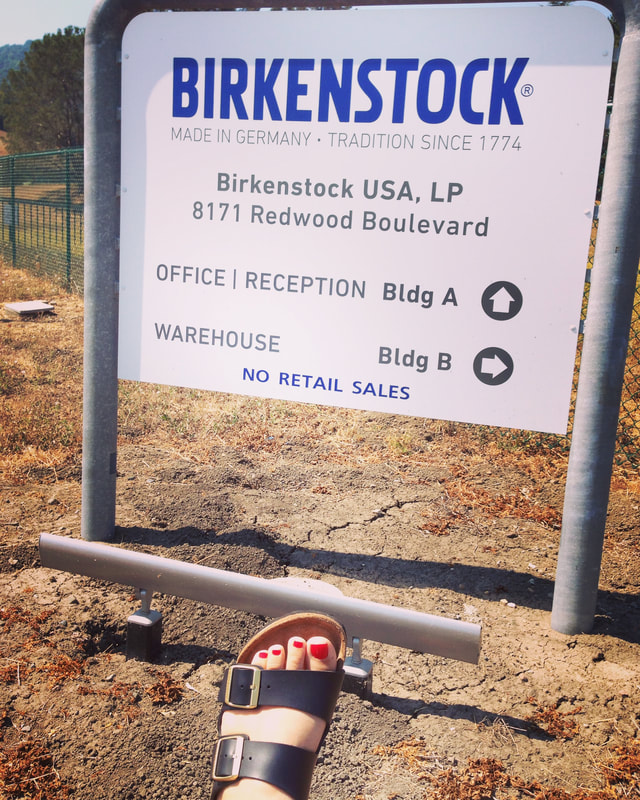
 RSS Feed
RSS Feed
